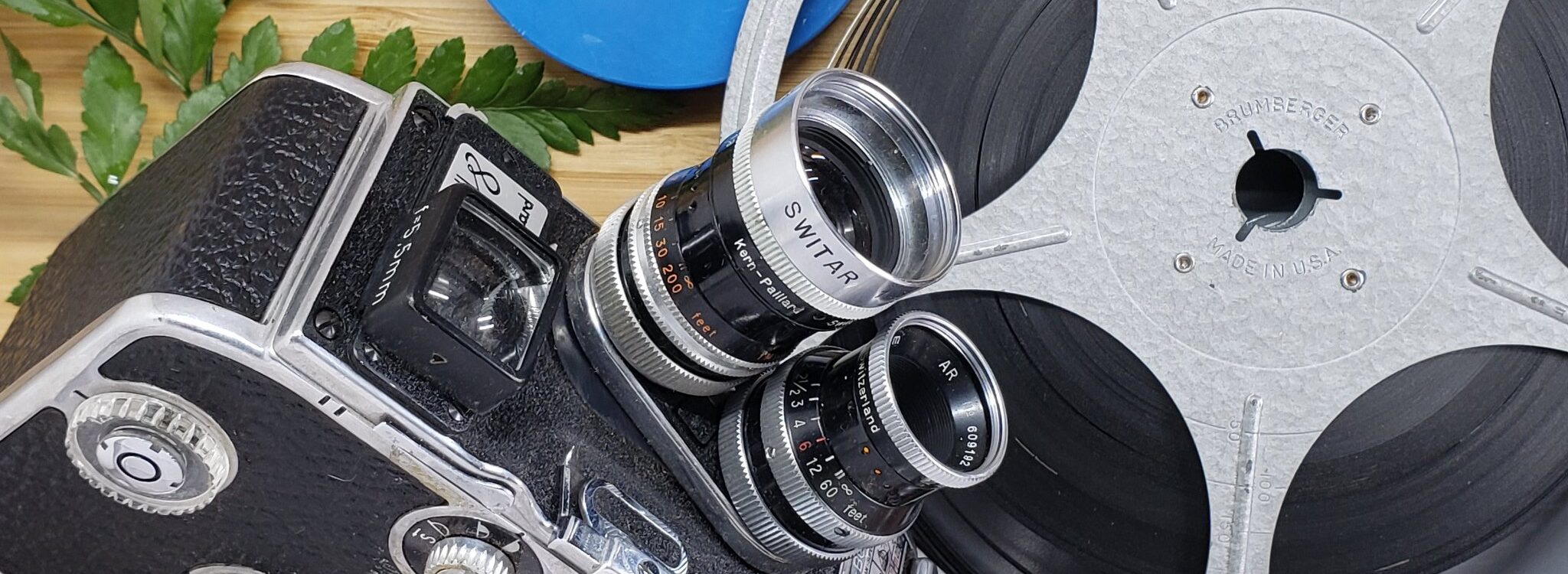What is are digital files anyway?nThis is one of those things that most of us take it for granted, like that the grass is green. A digital file is a file of “stuff.” What does it mean to be digital though? A digital file is the new electronic equivalent of the many ways we stored information in the past. Film and tape are the ways we stored information back then. Some examples of these are; 8mm videos, microfilm, audiotapes, videotapes. In the early days they recorded on wire or long strips of steel. We also printed things on paper or metal — photos, documents, letters, books, etc. We pushed grooves into various items to create sound: records and wax cylinders for instance. There was even a brief period of analog video on laser discs.
The benefit of digital files is that they can be easily shared. An analog letter (the one you write on paper with a beautiful fountain pen of course) has to be physically carried from one place to another for someone to read it. The same letter made into a digital file can be sent over the internet at lightning speed. In the early 1980s when I worked at a movie theater, each week someone had to deliver large cases of the film reels of that week’s new movies. These ‘files’ had to be physically carried to be seen/watched/listened to in different places.
For a digital file to be in multiple places, all you have to do is send it over the internet! You can copy a movie file and send it across the world, without losing the copy that you have at home, and the quality is exactly the same. People can even scan an item, make a digital file of its makeup, and with a 3D scanner replicate that item on the other side of the world!
Digital files are a way for you to save your media for generations and to let everyone who wants to, have access to them. We’ve come a long way from when we had to carve into wax cylinders to preserve information.




